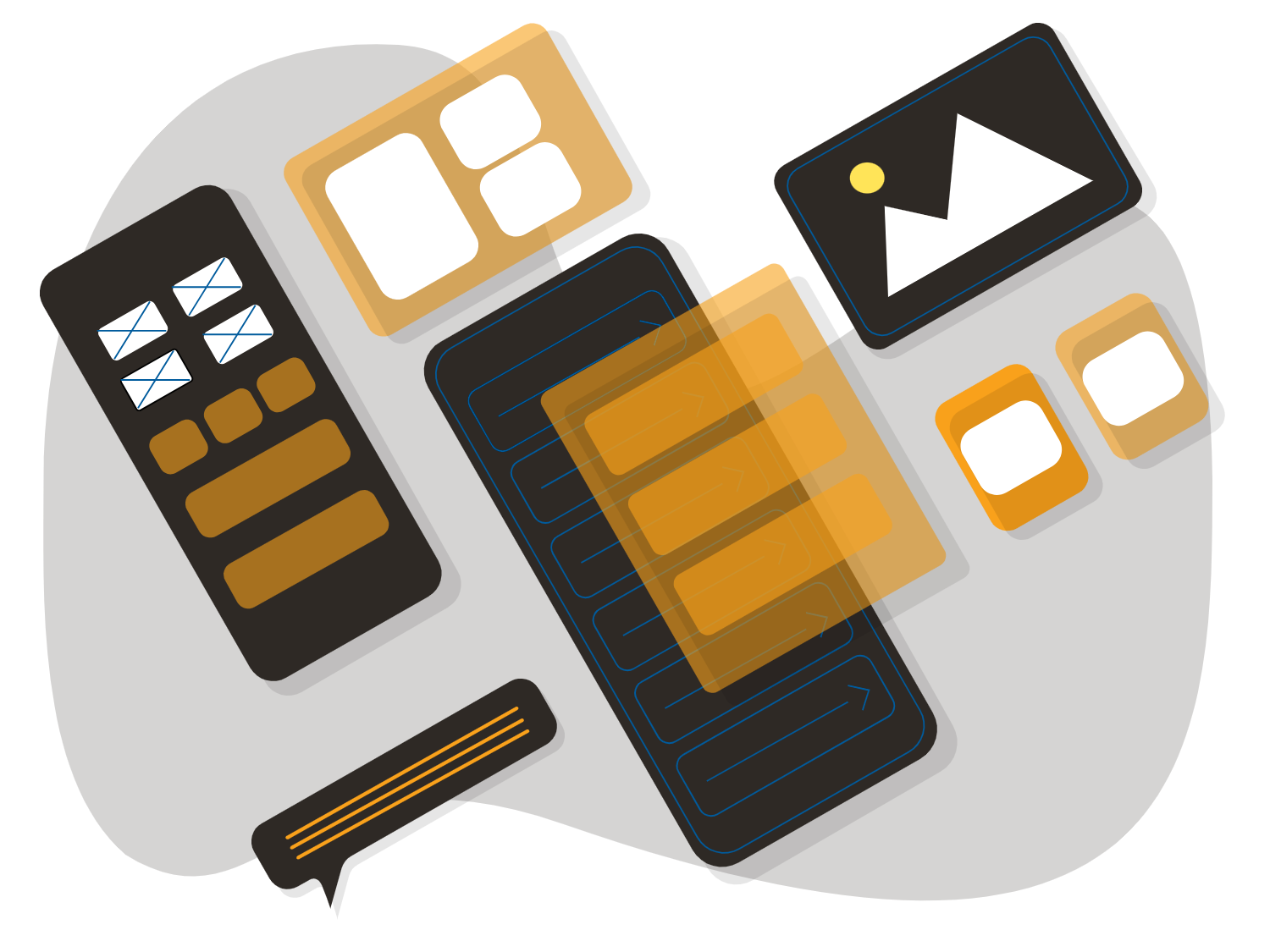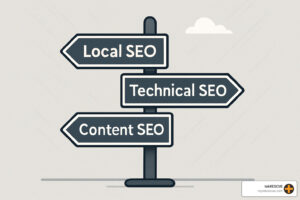

The Anti-Guide to SEO: What to Avoid Tips from your SEO company in Austin & San Marcos TX
There are a lot of guides out there on what you can do to increase your search engine ranking. They tell you things you can do to see a huge jump, the basics to get started, advanced how-to’s that will help your ranking. But most will not tell you what to avoid. It is almost as important to know what not to do. If you don’t make sure you’re not breaking Google’s rules, you will be punished heavily. There are two types of SEO. Organic SEO and black-hat SEO. Organic SEO is the one that you want to utilize. Black hat SEO will get you punished for using. Read on to find out what exactly the two mean.
Organic SEO is, at its core, obtaining a higher Google ranking by having an actually awesome website. Having good quality informative articles and using keywords that actually pertain to your content (AKA not just stuffing spam keywords everywhere) to have searches be effective both help. Links to your website from legitimate websites. Images that are custom made that are helpful are great. Videos that are useful will help as well.
Cheaply Purchased Backlinks
Black-hat SEO is defined as things technically not allowed by Google, but things people try to get away with anyways. This can include things like buying dirty links to your websites for ridiculously cheap. The more links you have to your website, the higher you will rank. But this does not count for spam sites with no real content. Links from local businesses recommending you, links from news sites and certain directories all will help you rank higher, organically. Be wary of links that are suspiciously cheap for a huge number of links.
Keywords for the Sake of Keywords
Putting in keywords that pertain to your topic, and pertain to your website, as mentioned above, can help. But when you stuff in random keywords for every possible option in alt-tags, meta tags, title tags, image tags etc. Basically these are places you can add in keywords to the code, which is useful in certain situations, when they actually represent the content. But not keywords for the sake of keywords. Let’s say you have a website for selling your homemade wooden furniture. For example, on a Products page, it would be good to have a meta tag of “Wooden Furniture”. If you have a picture on that page of a bed frame you made, put in “Oak Headboard” as the image or alt tag. And the title tag could still be “Our Products”. But it would be bad to have every single keyword be “wooden furniture”. That is just spamming. But if each tag is useful and pertains to what is actually there, that is good. As well, make sure to not use too many tags per page.
Poor Website Usability
With most users using mobile as well as desktop, Google wants you to always have a mobile website option, and that both site versions load properly, and doesn’t have any dead links. Some other basic things are making sure you don’t have any spelling errors on your website. Don’t have bad quality content or content that you just copied. The reality is that SEO comes down to just having a good website. Obviously there is a lot of thought and technique that goes into it, but at the end of the day if you don’t use shady strategies, you will get a good rank by following the basics and supporting the basics with good content.
Table of Contents



